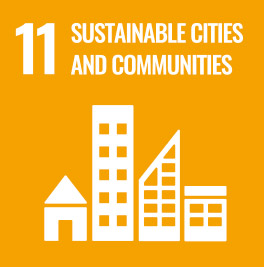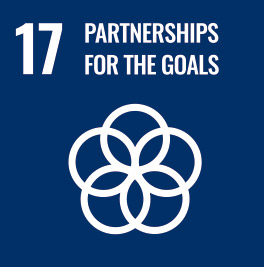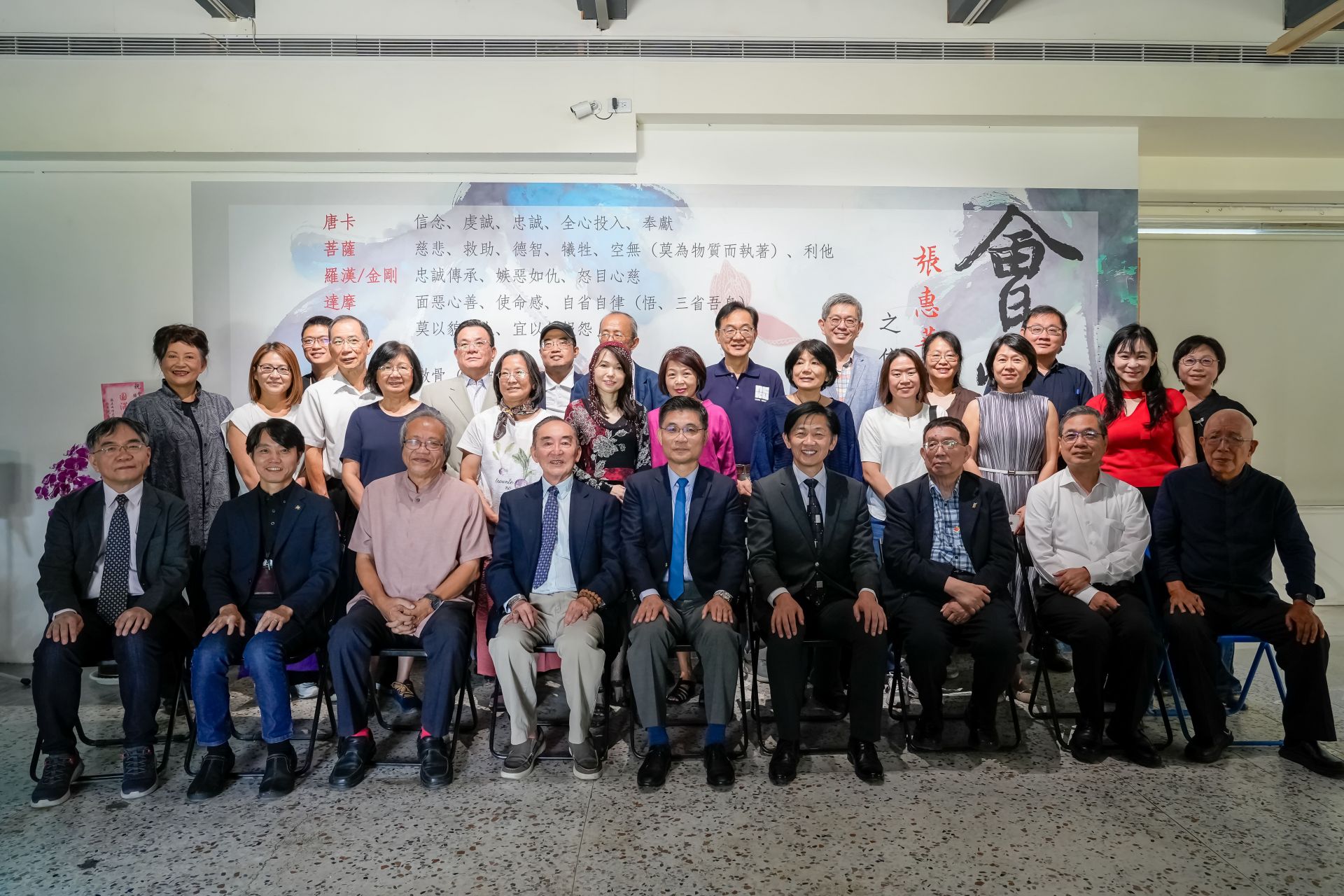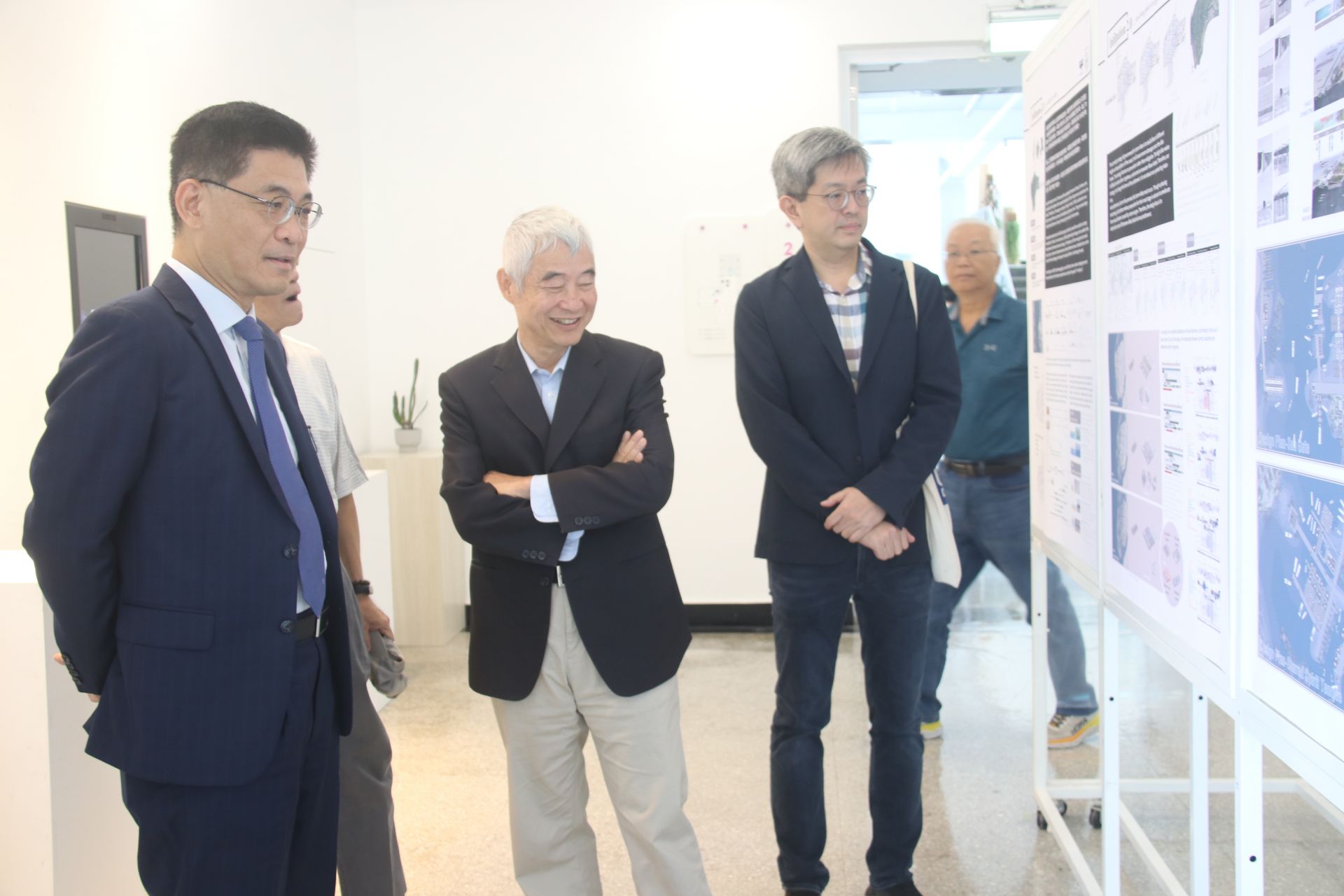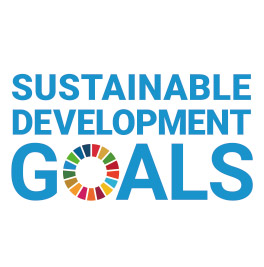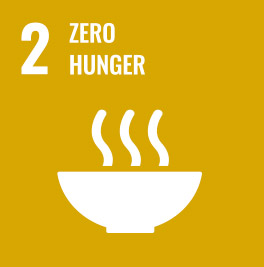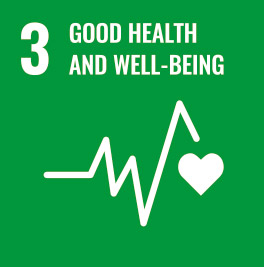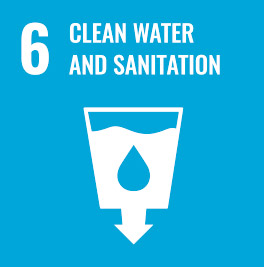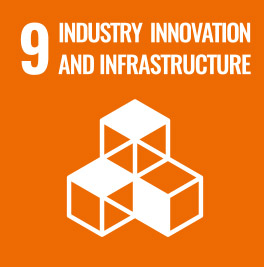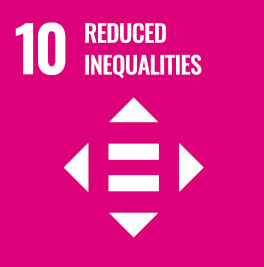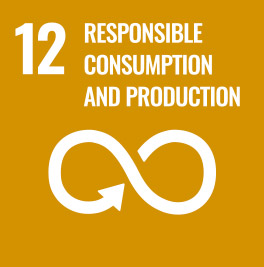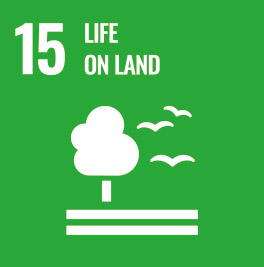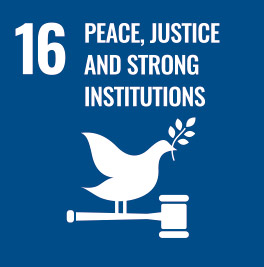Since 2024, the Department of Architecture at National Cheng Kung University (NCKU) has organized the “Asuka Village International Workcamp” under its USR (University Social Responsibility) project “Revitalizing Singang East through Healing Eco-Art Villages”, in collaboration with the course “Constructing Utopia.” The team is committed to fostering dialogue and international collaboration in architectural design education between Taiwan and Japan. In 2025, project leader Professor Heng Zhang and co-leader Associate Professor Shih-Hung Yang once again led Taiwanese students to Asuka Village in Nara Prefecture—known as the “birthplace of Japan.” Together with Kio University’s Department of Human Environmental Design and the Department of Architecture at National University of Kaohsiung, they co-organized a hands-on workcamp with remarkable results: all four participating teams received awards. Among them, Group D—comprising NCKU students Xin-Hsuan Lee, Hsu-Yu Huang, Yi-Chung Chen, and Li-Yang Huang—won the highest honor, the “Excellence Award (Asuka Prize),” for their proposal “Spaces Illuminated by the Memory of Water” (水の記憶を灯す空間).
The 2025 Asuka Village International Workcamp was held from May 14 to 18, jointly organized by NCKU and Kio University. Centered in the Oka area of Asuka Village, the workcamp focused on hands-on design themes including yatai (traditional stall) construction, bulletin board creation, and andon (lantern) installation. Emphasizing community engagement and spatial revitalization, the program embodied the values of University Social Responsibility (USR) and the United Nations Sustainable Development Goals (SDGs).
A total of 71 faculty members and students participated in this year’s workcamp, including 20 from NCKU’s Department of Architecture, 19 from the Department of Architecture at National University of Kaohsiung, and 32 from Kio University’s Department of Human Environmental Design. Prior to the on-site activities, students from all three universities engaged in cross-border design exchanges through group collaboration and online meetings, gaining deeper insights into the local cultural context and developing creative, locally rooted proposals.
During the intensive three-day hands-on sessions, students from the three universities—Taiwan and Japan—were mixed into groups to collaboratively complete design tasks including yatai (stall), andon(lantern), and bulletin boards. This process showcased their cross-cultural communication skills and integrated spatial design abilities. All four teams centered their work around yatai design, drawing inspiration from Asuka’s historical textures and daily life, and incorporating local characteristics to create structurally sound and highly aesthetic installations.
Among the teams, the proposal "Spaces Illuminated by the Memory of Water" (水の記憶を灯す空間), created by NCKU students Xin-Hsuan Lee, Hsu-Yu Huang, Yi-Chung Chen, and Li-Yang Huang, explored the profound significance of water culture in residents’ lives. Utilizing modular construction and contextual design concepts, they developed a detachable and reconfigurable yatai installation. The project was highly praised by the judges and awarded the top honor, the Excellence Award (Asuka Prize).
The other three teams also delivered outstanding performances. Group A, composed of Wei-Tzu Sun, Chih-Hsuan Liu, Min-Chi Huang, Meng-Hsuan Wu, and Shih-Hong Lee, designed “Flowing with Water,” a proposal that responds to the terrain’s characteristics while addressing transportation and local needs, earning the Well Being Award. Group B, consisting of Kai-Cheng Teng, Tzu-Yi Huang, Man-Han Wei, Yen-Chia Wen, and Yu-Chieh Tseng, presented “Stacked Yatai,” which emphasizes a modular and interactive yatai system that can be adjusted and assembled according to various usage scenarios, showcasing great flexibility and winning the Creative Award. Group C, with Li-Ting Wang, Shao-Kai Hung, Liang-Yu Chen, and Chun-Wei Yang, impressed the judges with their “Stone Gutter Bench,” demonstrating technical excellence through detailed components and precise drawings, and received the Technical Excellence Award.
Professor Heng Zhang stated that through the international workcamp involving three universities, students not only strengthened their design thinking and practical skills but also promoted mutual cultural exchange between Taiwan and Japan, including in-depth visits, on-site surveys, and community interactions. Since its launch in 2023, the program has established a stable mechanism for exchange and collaboration. Moving forward, the initiative will continue to expand participation, connecting more Taiwanese universities with Japanese partners to deepen cross-border architectural education cooperation and cultivate design practitioners with both international perspectives and local care.
The 2025 Asuka Village International Workcamp was held from May 14 to 18, jointly organized by NCKU and Kio University. Centered in the Oka area of Asuka Village, the workcamp focused on hands-on design themes including yatai (traditional stall) construction, bulletin board creation, and andon (lantern) installation. Emphasizing community engagement and spatial revitalization, the program embodied the values of University Social Responsibility (USR) and the United Nations Sustainable Development Goals (SDGs).
A total of 71 faculty members and students participated in this year’s workcamp, including 20 from NCKU’s Department of Architecture, 19 from the Department of Architecture at National University of Kaohsiung, and 32 from Kio University’s Department of Human Environmental Design. Prior to the on-site activities, students from all three universities engaged in cross-border design exchanges through group collaboration and online meetings, gaining deeper insights into the local cultural context and developing creative, locally rooted proposals.
During the intensive three-day hands-on sessions, students from the three universities—Taiwan and Japan—were mixed into groups to collaboratively complete design tasks including yatai (stall), andon(lantern), and bulletin boards. This process showcased their cross-cultural communication skills and integrated spatial design abilities. All four teams centered their work around yatai design, drawing inspiration from Asuka’s historical textures and daily life, and incorporating local characteristics to create structurally sound and highly aesthetic installations.
Among the teams, the proposal "Spaces Illuminated by the Memory of Water" (水の記憶を灯す空間), created by NCKU students Xin-Hsuan Lee, Hsu-Yu Huang, Yi-Chung Chen, and Li-Yang Huang, explored the profound significance of water culture in residents’ lives. Utilizing modular construction and contextual design concepts, they developed a detachable and reconfigurable yatai installation. The project was highly praised by the judges and awarded the top honor, the Excellence Award (Asuka Prize).
The other three teams also delivered outstanding performances. Group A, composed of Wei-Tzu Sun, Chih-Hsuan Liu, Min-Chi Huang, Meng-Hsuan Wu, and Shih-Hong Lee, designed “Flowing with Water,” a proposal that responds to the terrain’s characteristics while addressing transportation and local needs, earning the Well Being Award. Group B, consisting of Kai-Cheng Teng, Tzu-Yi Huang, Man-Han Wei, Yen-Chia Wen, and Yu-Chieh Tseng, presented “Stacked Yatai,” which emphasizes a modular and interactive yatai system that can be adjusted and assembled according to various usage scenarios, showcasing great flexibility and winning the Creative Award. Group C, with Li-Ting Wang, Shao-Kai Hung, Liang-Yu Chen, and Chun-Wei Yang, impressed the judges with their “Stone Gutter Bench,” demonstrating technical excellence through detailed components and precise drawings, and received the Technical Excellence Award.
Professor Heng Zhang stated that through the international workcamp involving three universities, students not only strengthened their design thinking and practical skills but also promoted mutual cultural exchange between Taiwan and Japan, including in-depth visits, on-site surveys, and community interactions. Since its launch in 2023, the program has established a stable mechanism for exchange and collaboration. Moving forward, the initiative will continue to expand participation, connecting more Taiwanese universities with Japanese partners to deepen cross-border architectural education cooperation and cultivate design practitioners with both international perspectives and local care.
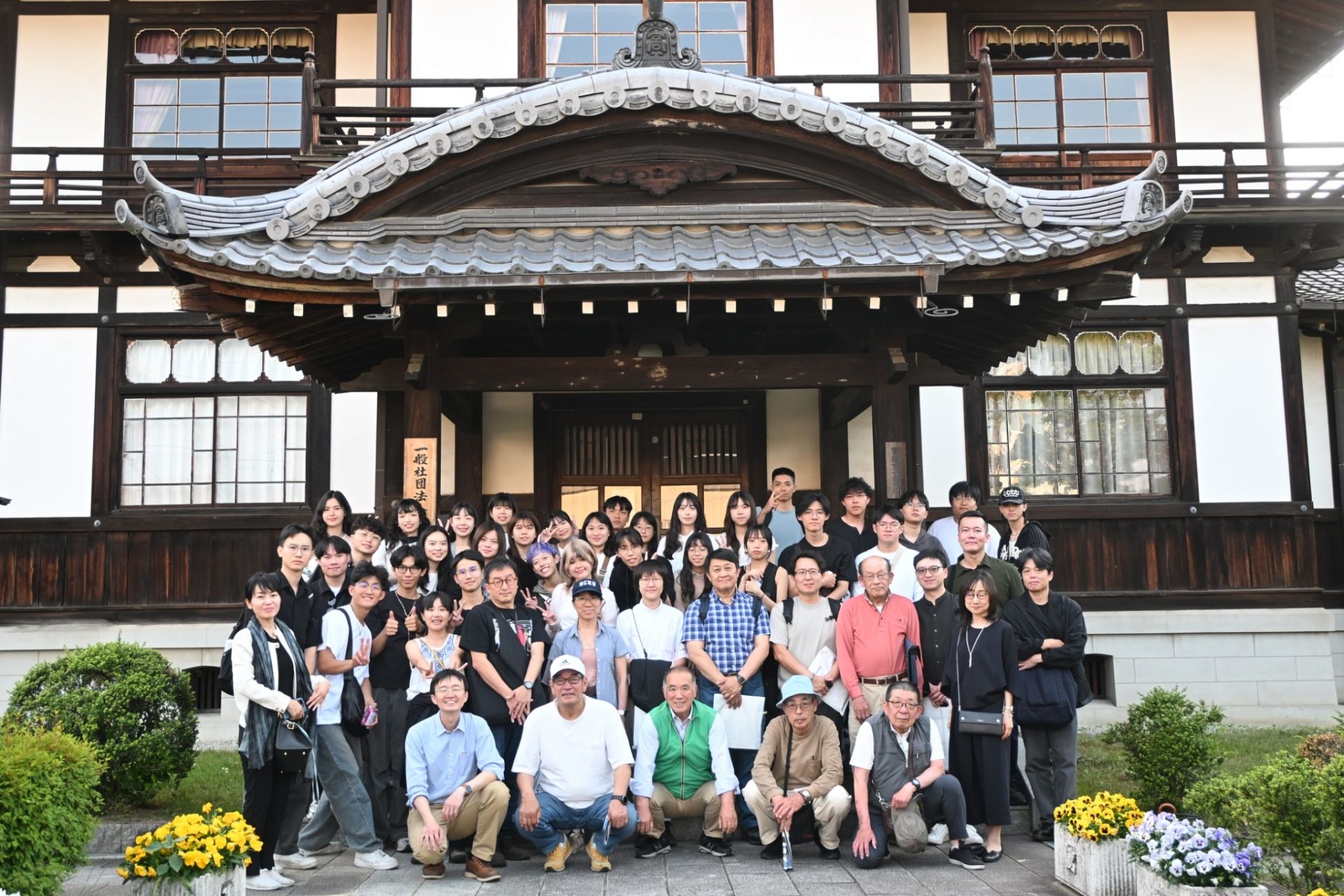
A team of guides composed of faculty members from Kio University in Japan and local residents of Asuka Village led Taiwanese students and teachers on a field visit to Asuka Village.
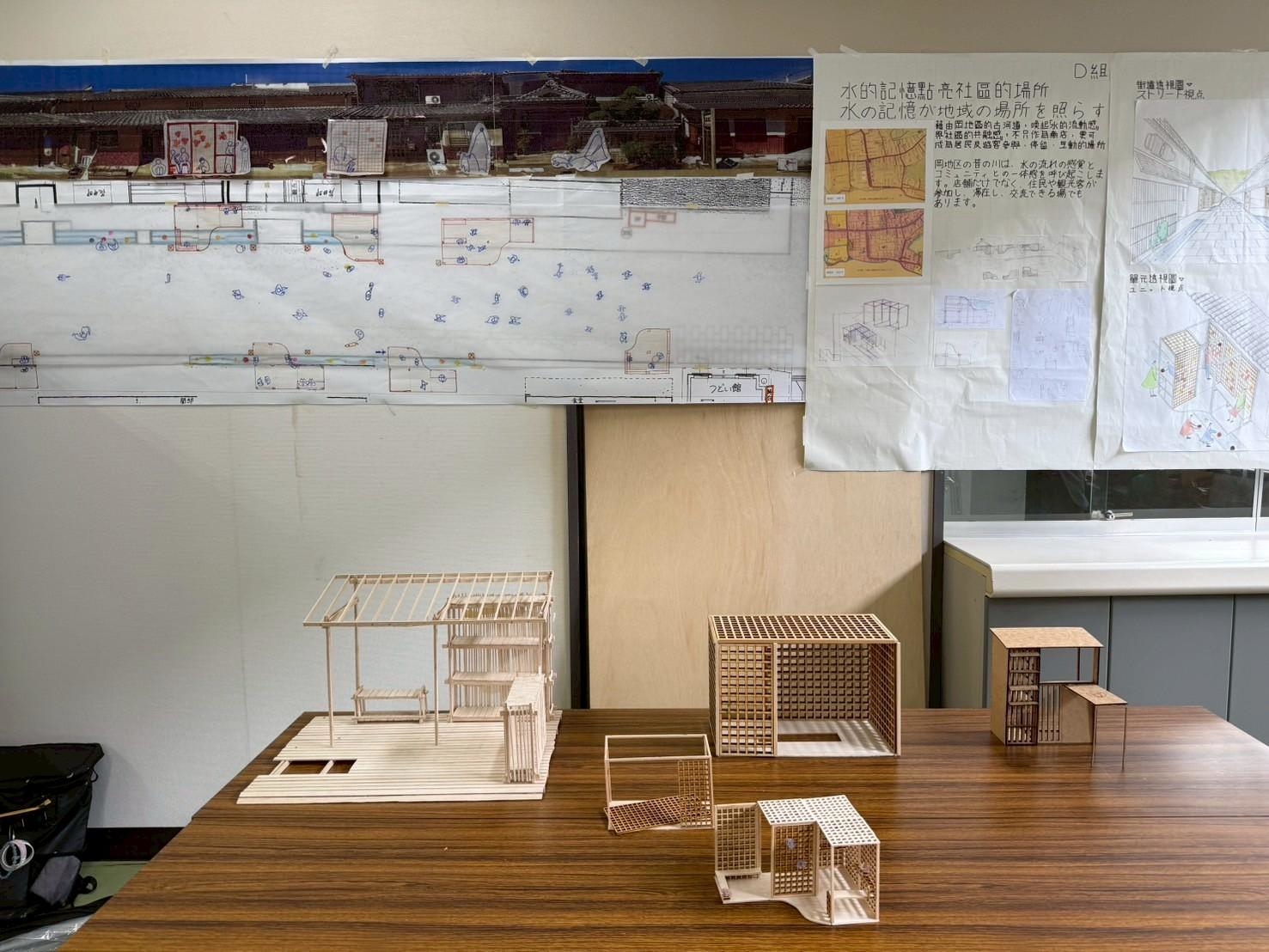
Group D's proposal: "Spaces Illuminated by the Memory of Water" (水の記憶を灯す空間) — Design Model
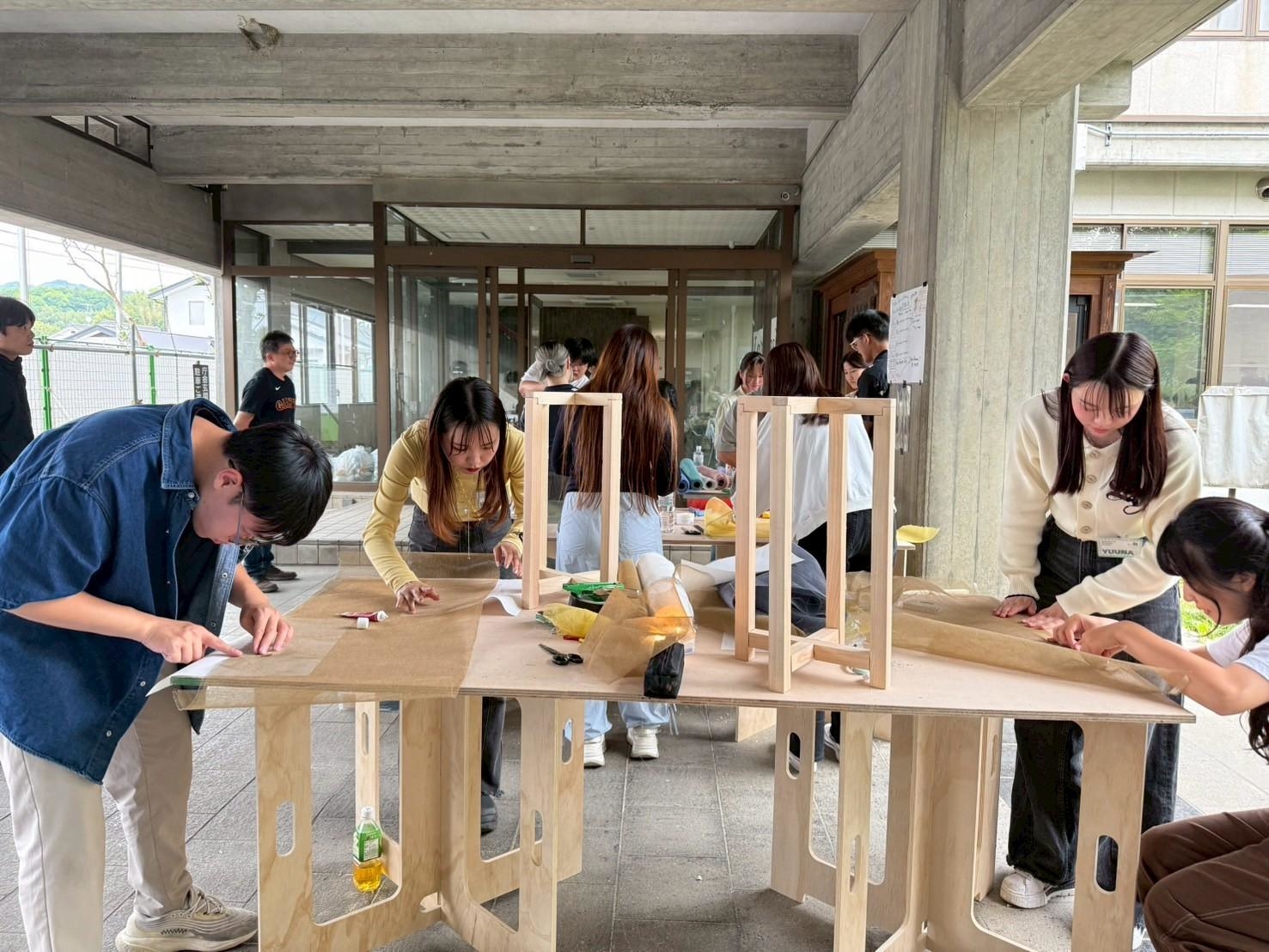
"Andon Team" – Current Progress of Andon (Traditional Lantern) Production by Japanese and Taiwanese Students Collaboratively
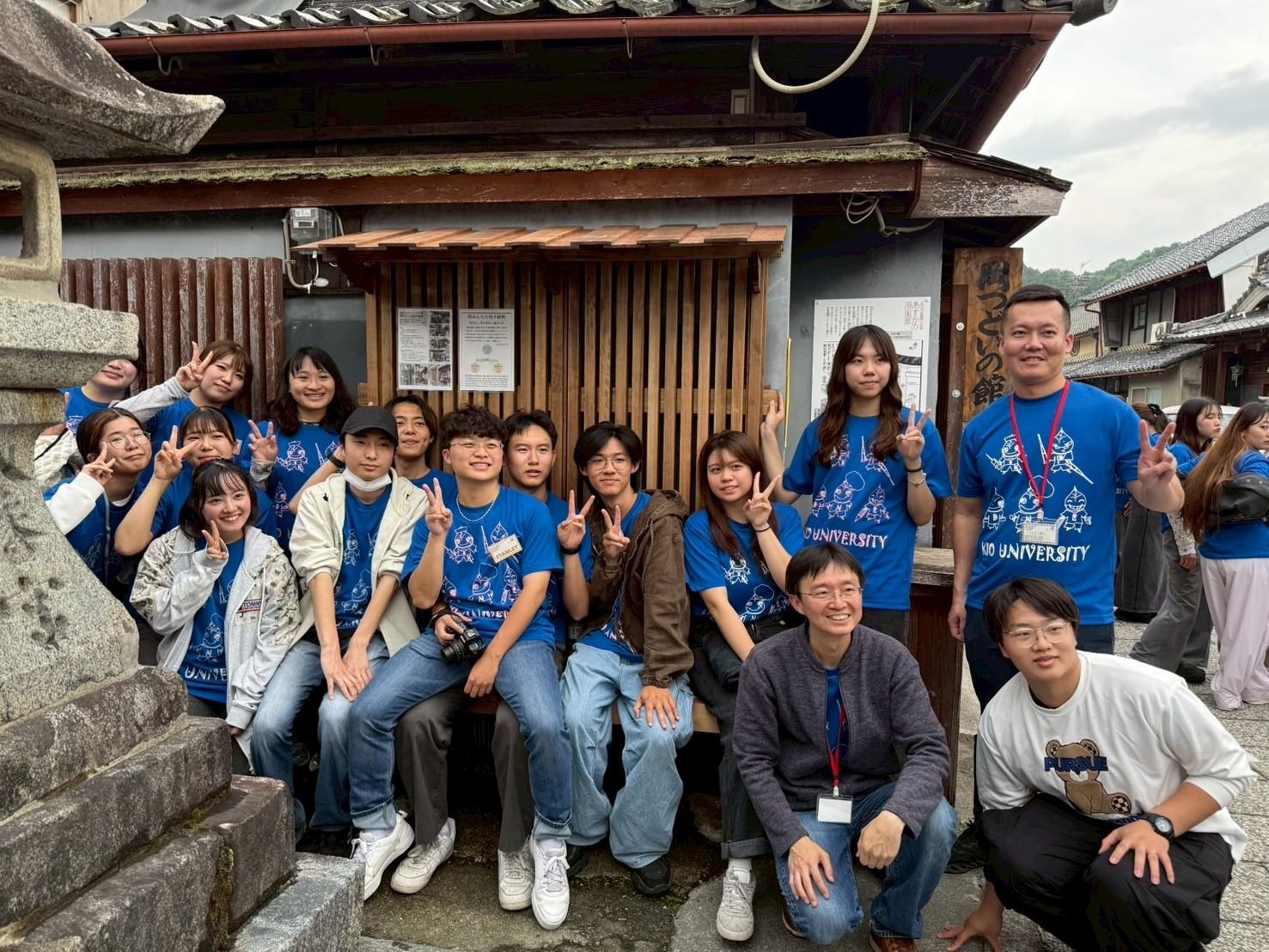
"Yatai Construction Team" – Actually building the yatai (traditional stall), installing it inside an old house in the community for public use.

Project leader Professor Heng Zhang (right) and the Mayor of Asuka Village exchange souvenirs.



